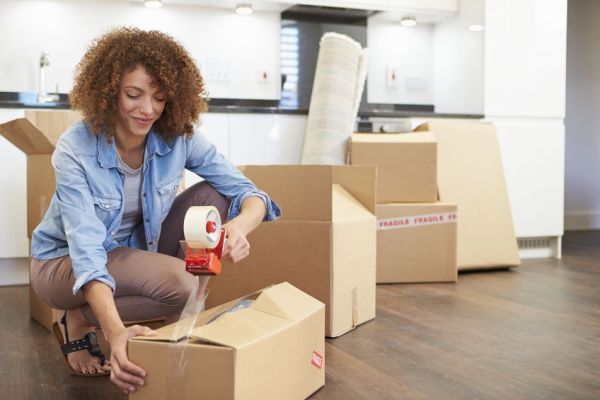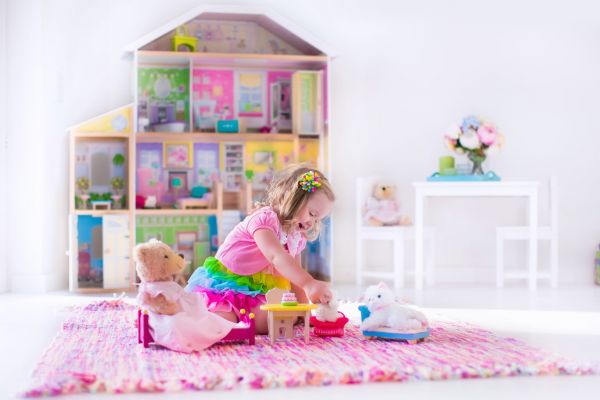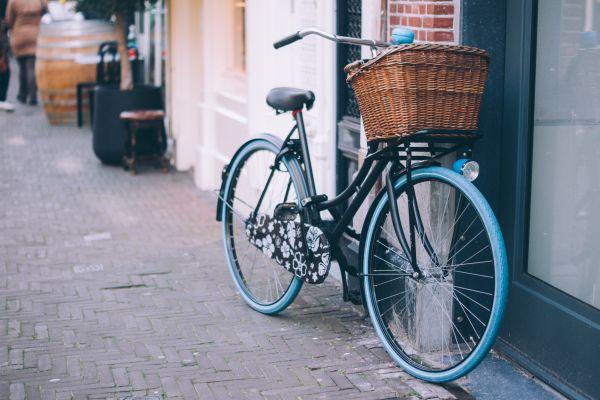https://www.tsishipping.com/moving/small-movesTSI is happy to provide you with information related to shipping and moving. If and when you’d like more details for shipping your boxes, you can request a quote or call us at 1-800-626-1257. We’ve been leading the way in small moves and specialty shipments nationally for more than 30 years and are A+ rated by the Better Business Bureau.
Whether you’re relocating to a new residence or simply shipping something, you’ll almost certainly need bubble wrap at some point during the packing process. There are a wide range of bubble wrap sizes and grades available, and each is suited for different tasks. So what size and grade is best suited for your specific needs?
Discover the different sizes, grades, and their unique protective qualities, and consult our bubble wrap size chart to determine which ones are the right types of bubble wrap to use when moving or shipping certain items.
Types of Bubble Wrap
You may not have known it, but there are numerous types of bubble wrap designed for different purposes. If you have an unusual item to transport, you might be looking for something that offers a little more protection than your standard bubble wrap. In addition to the basic grades, there are specially designed grades that offer unique types of protection:
- High grade bubble wrap: High grade bubble wrap, sometimes known as strong grade, is made with stronger plastics that won’t "pop" as easily. This grade should be used any time you are wrapping heavy items, or at times when there is significant risk of the item being dropped. The stronger bubbles will help maintain the cushioning.
- General bubble wrap: The most common option is general or multi-purpose bubble wrap. This is made with a medium weight plastic that is strong enough to stand up to most typical shipping accidents. The vast majority of items can be protected from minor issues by using this type of wrap.
- Limited or low grade bubble wrap: Low grade bubble wrap generally provides the least amount of protection. It is primarily used to help avoid scratches or other superficial damage during a move because it won’t absorb much shock if an item is dropped or other products shift or slam against it. Do not rely on this type of bubble wrap for padding.
- Anti-static bubble wrap: Anti-static bubble wrap is made to protect electronic items and is available in any grade. This option should be used when wrapping things like cell phones, computers, or televisions.
- FDA grade bubble wrap: This option is made for use with foods that need protection from the shifting and vibrating of bumpy roads while in transit. It is commonly used when transporting things like chocolate, fresh fruit, and eggs.
- Temperature controlled bubble wrap: This kind of bubble wrap is made with a special type of cellular insulation to help maintain the temperature of what is being shipped, which protects it from extreme temperatures and drastic temperature changes.
Bubble wrap size chart
Now that you know the different types of bubble wrap, you need to be aware of the different size options. You've probably enjoyed casually popping big and small bubble wrap in the past without realizing the reason for different bubble sizes. Each size performs a different task:
- Smaller bubbles provide less protection against shock or impact, but greater protection against scrapes and scratches.
- Larger bubbles are filled with more air, making them ideal for providing additional padding.
These are some of the standard bubble wrap sizes available and what they are generally used for:
| 1/16" | Bubbles that are 1/16th of an inch in thickness and 1/8th of an inch in diameter provide very little protection and are used for wrapping small, fragile items, such as glassware. You can double or even triple wrap for additional protection if needed, but these super small bubbles are mainly to protect from scratches or surface damage. |
| 1/8" | This size is a nice option for small or easily scratched items that need a little extra protection, but not much. |
| 3/16" | This is the most common size for bubble wrap. It is 3/16th of an inch in size with 3/8” of an inch diameter. It is ideally suited for light to medium weight items. |
| 5/16" | This option has a 1 inch diameter, which makes each bubble quite large. You can easily fill in lots of space in boxes while adding a significant amount of cushioning to protect your belongings. |
| 1/2" | This is the largest option that you can normally find. With a 1/2 inch depth and 1¼ inch diameter it will fill up space and can help provide a significant amount of protection for medium-weight items. |
Combining multiple types of bubble wrap
If you have an item that is especially valuable or fragile, you will want to take every possible precaution to keep it safe. In these cases, you can use multiple types of bubble wrap to ensure maximum protection.
Some glass items can benefit from being tightly wrapped with high grade bubble wrap on the outside to protect them from damage, as well as small size bubble wrap to keep them safe from scratches and some piercing items. Adding a third layer of high grade large bubble wrap around the others may help to prevent damage if the box or package is dropped or otherwise damaged.
| PRO TIP: For maximum protection, place the actual bubble directly against your item rather than the flat surface of the wrap. |
Seeking professional assistance
If you can’t decide what the best type of bubble wrap is for your specific needs, you can always contact a professional shipping company for advice. With our experience, we are able to help make the proper recommendation for your situation.




